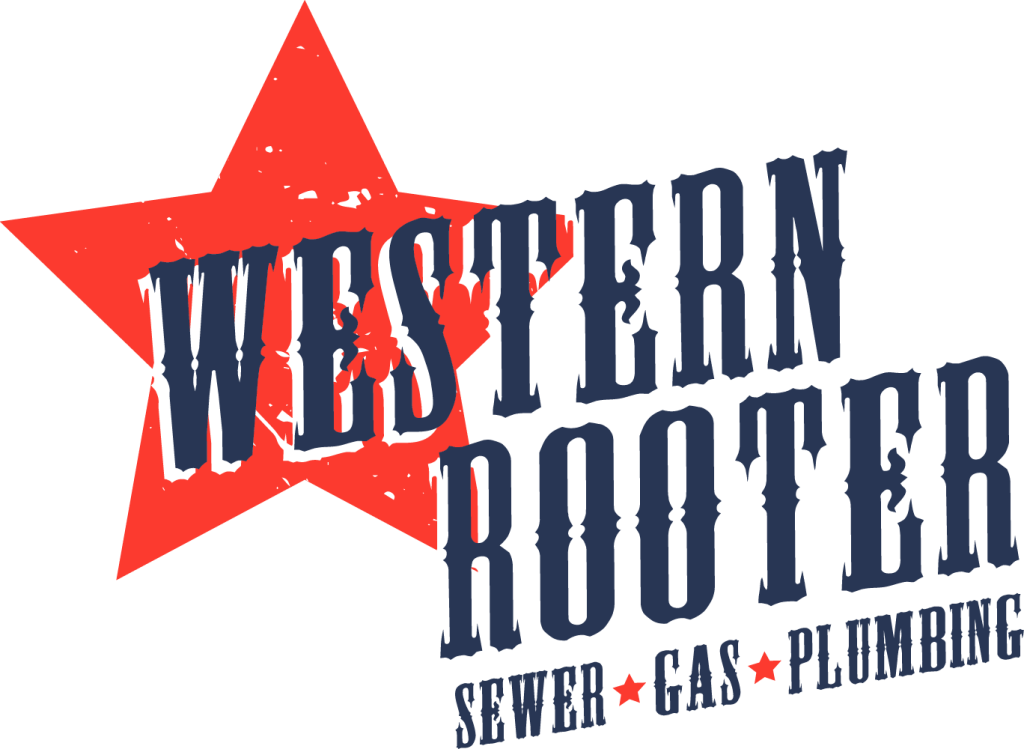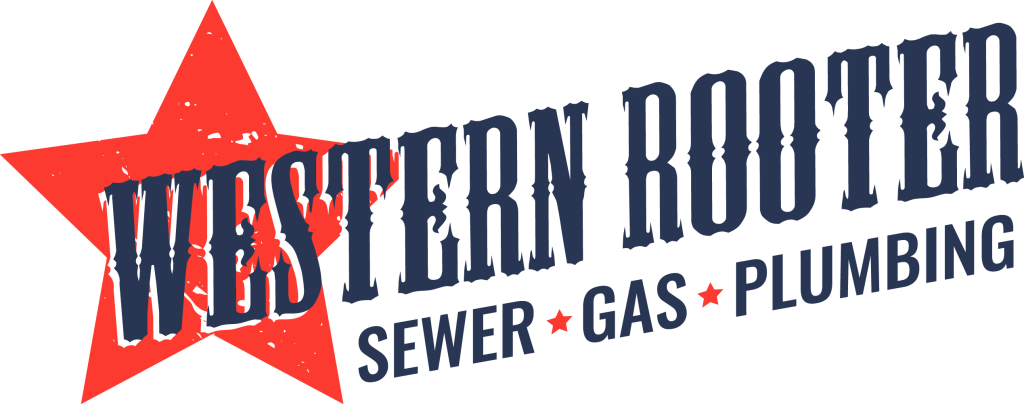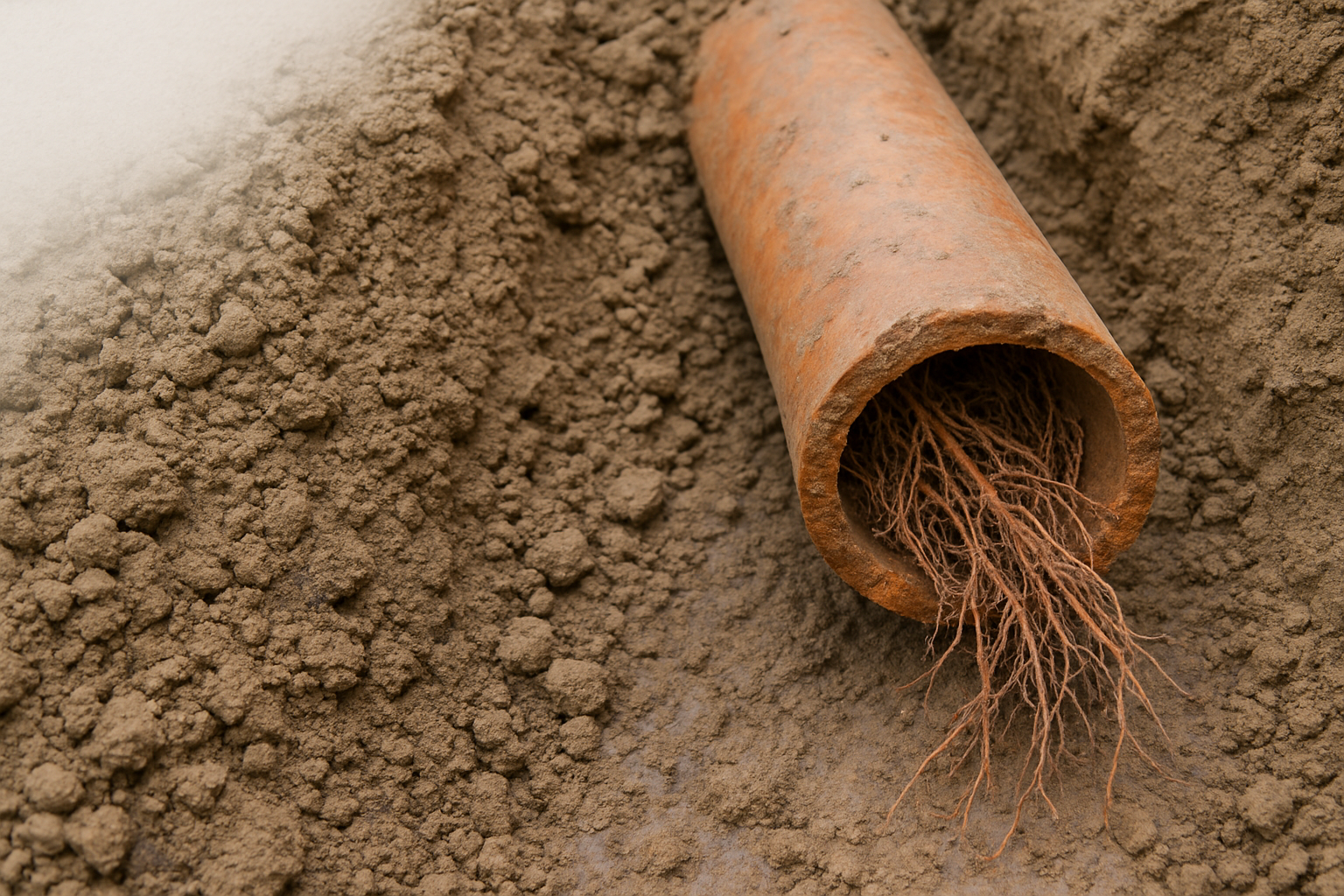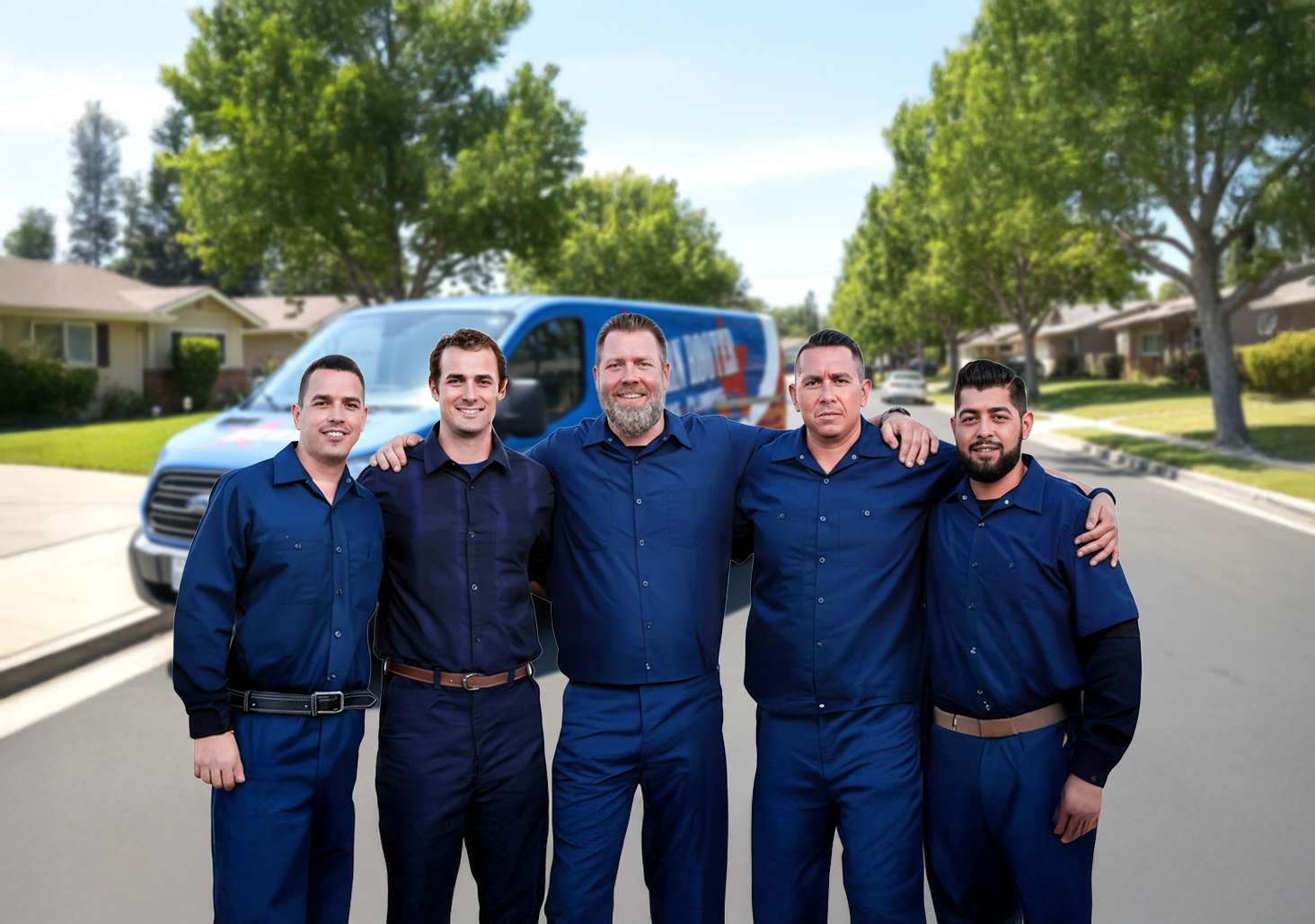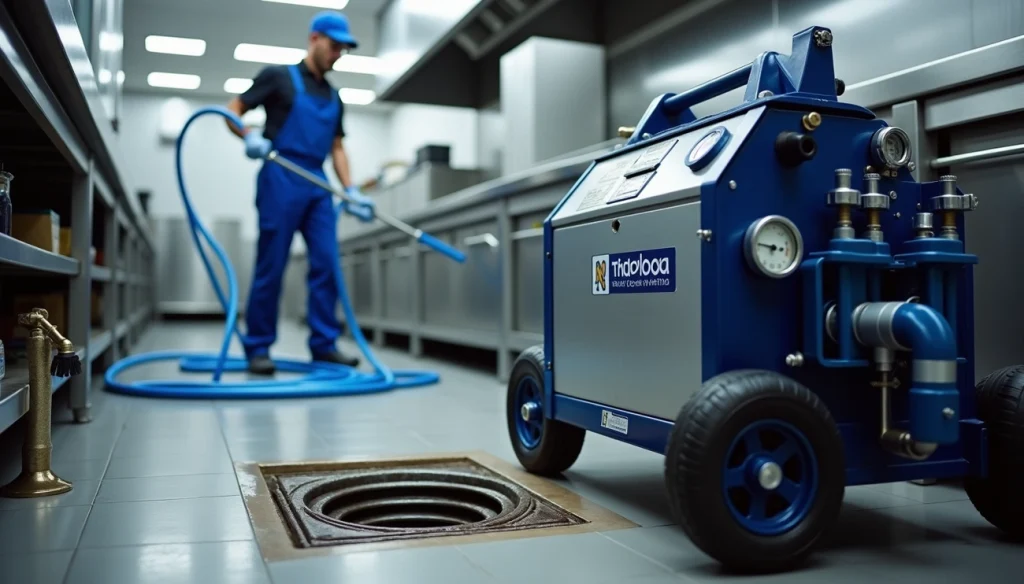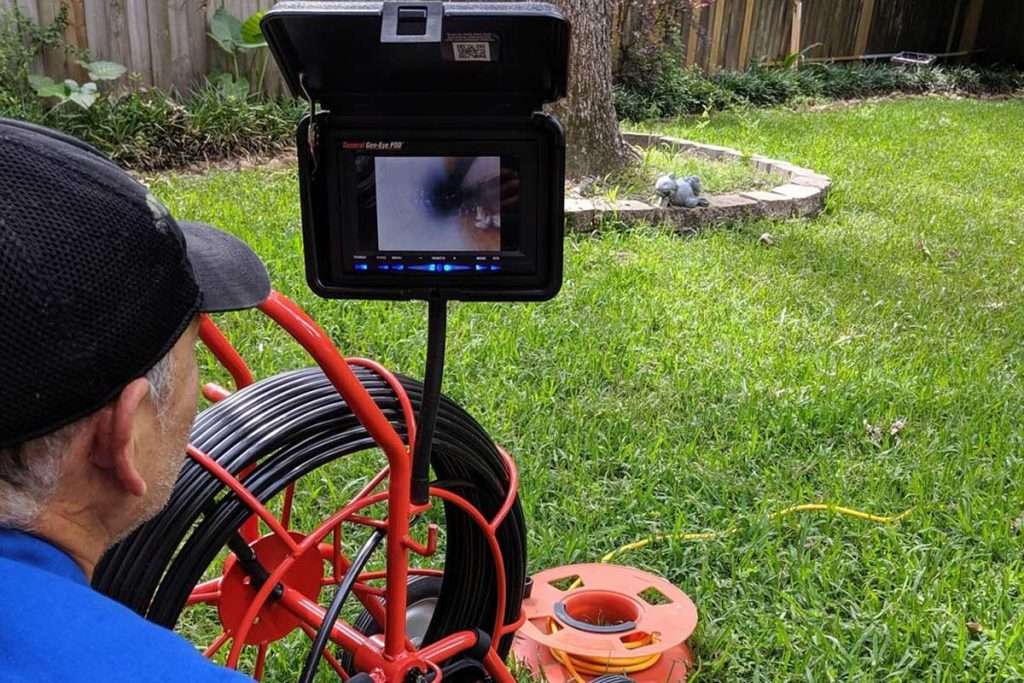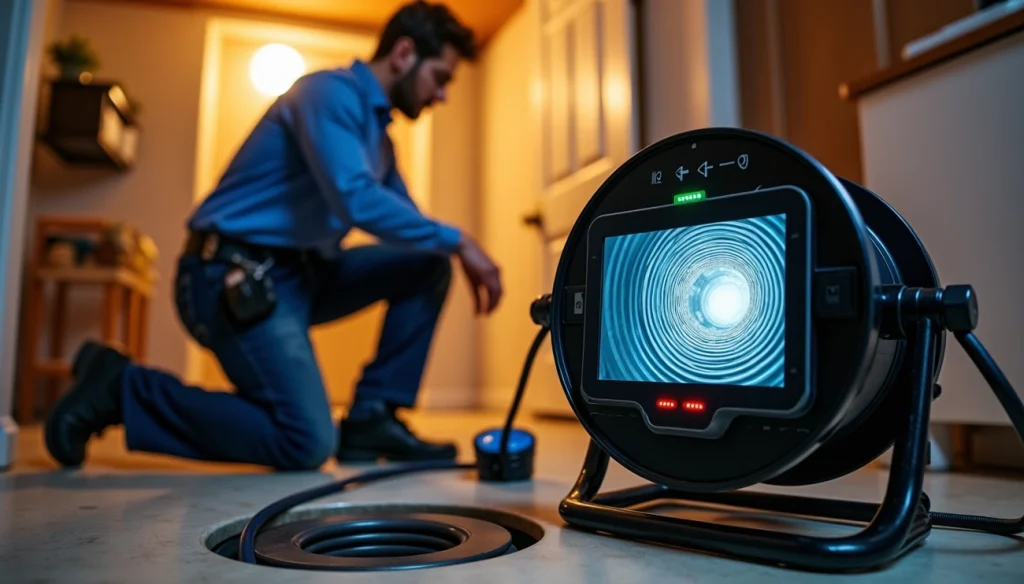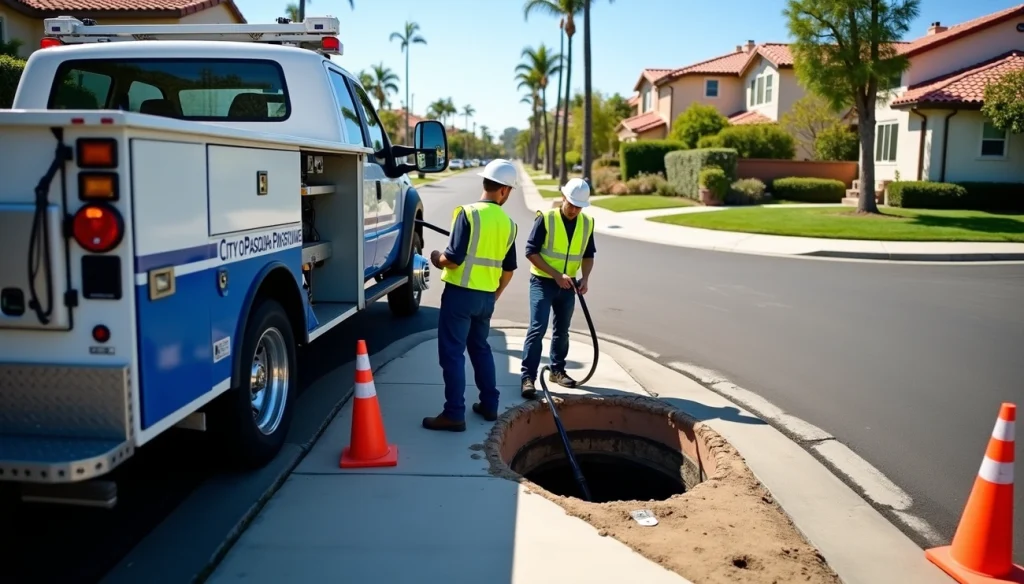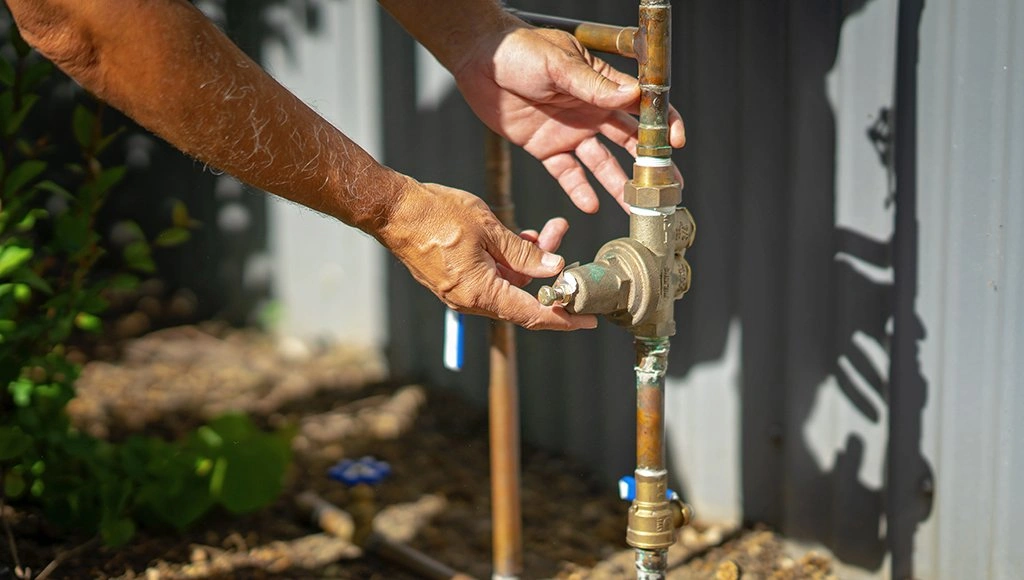Tree roots can stretch up to 100 feet from their trunk. This amazing reach makes root intrusion one of the leading causes of sewer and drainage problems, particularly in older homes with mature trees.
Most homeowners don’t spot these issues until the damage becomes severe. Your sewer line’s moisture acts like a natural fertilizer, and tree roots’ attention is drawn to it. These roots grow around pipes and eventually break in through tiny cracks and joints. The signs often start small – drains that work slowly, occasional backups, or even random patches of extra-green grass in your yard.
These warning signs can quickly turn into major blockages, damaged pipes, and repairs that get pricey if you ignore them. You might also smell sewage or see more bugs around your property. These signs suggest possible sewer line problems from root invasion.
Let’s take a closer look at what homeowners should know about this common plumbing problem. You’ll learn to spot early warning signs, ways to confirm the issue, and how to protect your home’s plumbing before serious problems develop.
What Is Root Intrusion and Why It Matters
Tree and shrub roots can break into your home’s sewer lines and create blockages and damage. Studies show roots are behind 50% of all sewer pipe blockages. This problem exists in almost every urban area. Surveys show 97% of Danish towns and 99% of Swedish towns have pipes affected by root intrusions.
How roots find sewer lines
Roots are smart hunters of water and nutrients. They naturally grow toward moisture, which makes your nutrient-rich sewer line a perfect target. The tips of tree roots are very sensitive to their surroundings. They can detect even tiny traces of vapor that escape from small cracks or loose joints in your pipes.
Roots don’t stop once they find a sewer pipe. Small, hair-like feeder roots squeeze through tiny openings first. These roots then grow larger inside the pipe where they find plenty of moisture and nutrients. The growing roots create dense masses that trap debris. This leads to tough blockages and puts more pressure on pipe walls.
The warm, well-ventilated environment inside sewer pipes creates ideal conditions for roots to thrive. Without treatment, these intrusions can block water flow completely. This leads to backups and might cause your entire sewer system to fail.
Common pipe materials at risk
Root intrusion risk varies by pipe material. Older materials are much more likely to have problems:
- Clay pipes: These traditional pipes are the easiest for roots to invade. Their porous nature and many joints give seeking roots multiple entry points.
- Concrete pipes: These pipes have joints every meter. Time makes them break down, which lets roots get in.
- Cast iron pipes: These pipes are stronger than clay but rust with age. This creates weak spots that roots can exploit.
- PVC pipes: Modern PVC pipes fight off root intrusion better than older materials. Still, poorly sealed joints remain vulnerable.
Research shows older concrete and clay pipes get more root intrusions than modern PVC pipes. Your pipe material is a vital factor in determining your home’s risk level.
Why older homes are more vulnerable
Homes built before 1970 have a much higher risk of root intrusion. Back then, most residential sewer systems used clay or concrete pipes. These pipes had joints every meter sealed with concrete. This concrete breaks down over time and creates perfect entry points for invasive roots.
Old sewer systems also have smaller pipes that roots can block more easily. These systems need root removal every year or two. This adds up to ongoing maintenance costs.
Root intrusion can get pricey. Swedish cities spend about €5.6 million each year on this problem. German cities pay around €28.4 million yearly for root removal and pipe fixes. Homeowners might need to replace pipes or make big repairs if root problems get bad.
Learning about root intrusion helps protect your home’s plumbing system. This is especially true if you have mature trees near sewer lines or older plumbing infrastructure.
Early Warning Signs You Shouldn’t Ignore
Root intrusion can cost you thousands in repair bills if you don’t catch it early. Most homeowners don’t notice the warning signs until the damage becomes severe. These five key signs will help you spot trouble before your plumbing system fails completely.
Slow drains and frequent clogs
Your sewer lines might have root problems if you notice drains that won’t clear properly. Multiple fixtures that drain slowly or need constant plunging could mean roots are blocking your main sewer line.
Watch out for:
- Drains that get worse gradually instead of sudden clogs
- Several drains acting up at the same time
- Clogs that keep coming back after you clear them
- Drainage that works better after rain (that indicates partial blockage)
Roots might already be creating a big blockage in your sewer pipe if drain cleaners or plunging only work temporarily.
Gurgling sounds from toilets or sinks
Strange noises from your plumbing often mean air is stuck in the pipes—a classic sign of tree roots causing problems. You’ll hear these distinct gurgling or bubbling sounds when:
- Your toilet flush makes nearby drains gurgle
- Water from your bathtub makes the toilet bubble
- Using one fixture creates noise in another
These sounds happen because roots create partial blockages that trap air in your plumbing. Water tries to get around these obstacles and pushes out the trapped air, which creates those weird gurgling noises.
Unpleasant sewer odors inside or outside
Bad smells are a clear red flag for root problems. Roots breaking into your sewer pipe often create tiny leaks or partial clogs. This lets sewer gasses escape instead of properly venting through your home’s plumbing.
You might smell sewage near drains, in your basement, or around floor drains inside your house. Outside, these nasty odors could pop up in your yard, especially near the sewer line or cleanout spots.
The smell usually gets worse during or after rain because more water puts extra pressure on partially blocked pipes.
Lush or soggy patches in your yard
Your yard can tell you a lot about hidden sewer problems. Keep an eye out for:
- Extra green grass in a line across your yard (following the sewer)
- Soft, wet spots even without rain
- Grass growing faster in some spots
- Dips or sinkholes forming in your lawn
Leaking sewage works like fertilizer and creates mini green spots in your yard. The extra moisture from these leaks also makes the ground softer and more likely to sink.
Sewage backups in multiple fixtures
The worst warning sign—one you definitely can’t ignore—is sewage backing up into your home. This usually starts with the lowest fixtures, like basement toilets or showers.
Sewage backups mean your sewer line is almost completely blocked. Water can’t leave your home properly, so it comes back through the easiest path.
Dark, smelly water backing up from drains, especially when you’re using several fixtures at once, means you need a plumber right away. This serious problem needs immediate attention before it damages your property or creates health risks.
Catching these warning signs early lets you fix the problem with simple mechanical cleaning instead of replacing the whole pipe. Stay alert to these signs and you can stop root problems before they destroy your sewer system.
How to Confirm Root Intrusion in Sewer Lines
You need to confirm your suspicions after spotting signs of root intrusion in your pipes. A proper diagnosis will help you tackle the actual problem without spending extra money.
Using a sewer camera inspection
A sewer camera inspection is the quickest way to confirm root intrusion in your sewer line. This non-invasive tool combines a flexible rod with a high-resolution camera that sends live footage to a monitor. Plumbers can see exactly what’s happening inside your pipes.
The process is straightforward:
- A plumber puts a waterproof camera on a flexible rod into your sewer line
- The camera lights up the pipe and sends footage to a monitor
- You get a clear picture of your pipes’ health and any blockages
Camera inspections are a great way to get valuable insights about root intrusion:
- They show exactly where roots have gotten in without digging
- You’ll know how bad the root problem really is
- Repairs become more targeted and budget-friendly
- Root problems get caught before they cause major damage
When to call a professional plumber
Root intrusion isn’t something you should fix yourself. Experts say you should call a professional plumber right away if you notice:
- Multiple drains backing up or running slow
- Toilets making gurgling sounds after flushing
- Bad smells near drains or outside
- Clogs that keep coming back after you clear them
Trying to fix tree root problems without the right tools and know-how can damage your sewer lines even more. Root removal needs special equipment and expertise.
DIY signs vs. professional diagnosis
Homeowners can spot warning signs, but professional diagnosis gives you accuracy that DIY methods just can’t match.
DIY detection might show you slow drains or bad smells. All the same, these signs could point to many different plumbing problems besides roots. Professional methods give you certainty:
- Camera inspections – Show you exactly where roots are
- Hydro jetting – Finds blockages by how much they resist the water
- Smoke testing – Finds breaks where roots might get in
- Dye testing – Uses safe dye to spot leaks
So while DIY detection can alert you to problems, only professional diagnosis will tell you for sure if you have root intrusion and how bad it is.
Note that regular professional inspections catch problems early. Homes with mature trees nearby should schedule camera inspections regularly to avoid getting hit with emergency repair bills later.
Fixing the Problem Before It Gets Worse
Root intrusion can damage your entire sewer system if you don’t act quickly. You have several options to fix this problem, from quick temporary solutions to lasting repairs.
Mechanical root cutting
Augers and root cutters are your first defense against invasive roots. These tools physically cut through root masses in your pipes to get things flowing again. The right equipment makes all the difference – using incorrect cable or head sizes might damage pipes or leave roots behind.
Professional plumbers suggest cables that are 3/4 to 1 inch thick to work effectively. Your cutting heads should expand to match the pipe’s full diameter. This ensures roots are removed from everywhere, including the top section that people often miss.
Hydro jetting for deep cleaning
Hydro jetting gives you a more thorough clean. It uses water at 4,000 PSI to blast away roots and flush out debris completely. This method does more than just cut roots – it scours the whole pipe inside, removing grease, mineral deposits and other buildup.
This method comes with great benefits:
- It’s environmentally friendly since no chemicals are needed
- The entire pipe surface gets cleaned, so roots take longer to grow back
- You’ll be done in a couple of hours with minimal disruption
Chemical root killers: pros and cons
Chemical treatments kill roots on contact and create a barrier to stop regrowth. Most people use copper sulfate crystals or foaming root killers with metam-sodium.
Chemical solutions are convenient but have limits. Results take days or weeks to show up. These chemicals might harm older pipes over time and raise some environmental concerns. The best results come from applying chemicals after mechanical cleaning, usually at night so the treatment works without interruption.
Pipe repair or trenchless replacement
Pipes with major damage need trenchless technologies that fix problems without much digging. You have two main options:
- Pipe lining: A new seamless, durable pipe forms inside your existing one using epoxy resin
- Pipe bursting: This breaks the damaged pipe while pulling through a new one
Trenchless methods might get pricey at $80-$250 per foot upfront. But they save money over time by avoiding landscape repair costs and giving you decades of trouble-free service.
The quickest way to solve root problems often combines different methods. Start with mechanical cutting or hydro jetting for immediate relief, then use chemical treatment to prevent regrowth or trenchless repair for a permanent fix.
How to Prevent Roots in Sewer Line Long-Term
Protecting your sewer system from root intrusion is more economical than fixing it later. A good plan and regular maintenance will keep your sewer system safe from invasive roots for years.
Smart landscaping and tree placement
Your first defense against root intrusion starts with smart tree placement. Trees should be at least 10 feet away from sewer lines. Large species with aggressive root systems need even more space. Some invasive tree roots can reach sewer lines from almost 100 feet away!
Here are some sewer-safe trees you can plant near lines:
- Eastern Redbud, Crape Myrtle, and Japanese Maple
- Holly, Cypress, and Flowering Dogwood
- Crabapple and small maple varieties (amur, paperbark)
These species have gentler root systems that rarely threaten underground pipes. You should check your property’s land survey documents or call 811 before planting to know exact sewer line locations.
Installing root barriers
Root barriers shield your sewer system. These vital protective barriers come in several forms:
Physical barriers of metal, plastic, or concrete can shield your sewer line vertically, going 24-36 inches deep. They guide root growth away from pipes without damaging trees.
Chemical root barriers offer another option. They contain slow-release herbicides like Trifluralin that stop root tip cell division near pipes. Special fabrics let water, air, and nutrients pass through and stay effective for about 15 years.
Professionals can help protect existing trees near sewer lines by installing barriers in trenches around the root zone. This redirects future growth safely downward.
Scheduling regular sewer inspections
Smart landscaping and barriers help, but regular inspections are vital. Professional sewer camera inspections should happen every 1-2 years, especially with mature trees near your sewer line.
These non-invasive checks catch early signs of root problems before they become serious. Quick action on small issues helps avoid the high costs and hassle of emergency repairs.
A complete maintenance strategy works best when you combine all these prevention methods.
Conclusion
Protecting Your Home from Costly Root Intrusion Damage
Root intrusion poses a serious threat to your home’s sewer system. This is particularly true for older properties with mature landscaping. We’ve explored how tree roots can quietly work their way into sewer lines and cause progressive damage that gets worse with time.
You can spot early warning signs like slow drains, gurgling toilets, and unusually lush patches in your yard. These signs help you tackle problems before they turn into expensive emergencies. On top of that, camera inspections can confirm the issue without unnecessary repairs.
Your best defense against root intrusion is prevention. Smart landscaping choices, careful tree placement, and physical root barriers can substantially reduce your risk. Regular professional inspections will catch small issues before they become major problems.
Ignoring root intrusion can get pricey. Emergency repairs usually cost thousands more than preventive maintenance. You’ll also face disruptions to your daily life and possible water damage to your property. Taking action now protects your home and your wallet.
Los Angeles and San Bernardino County homeowners don’t deal very well with root intrusion alone. Professional help makes a real difference. Western Rooter’s specialists can diagnose your situation and recommend affordable solutions that fit your specific needs. Reach out today for a free estimate!
Note that early detection and professional help will save you money, stress, and extensive property damage. Your sewer system needs the same care as the rest of your home – protect it well.
